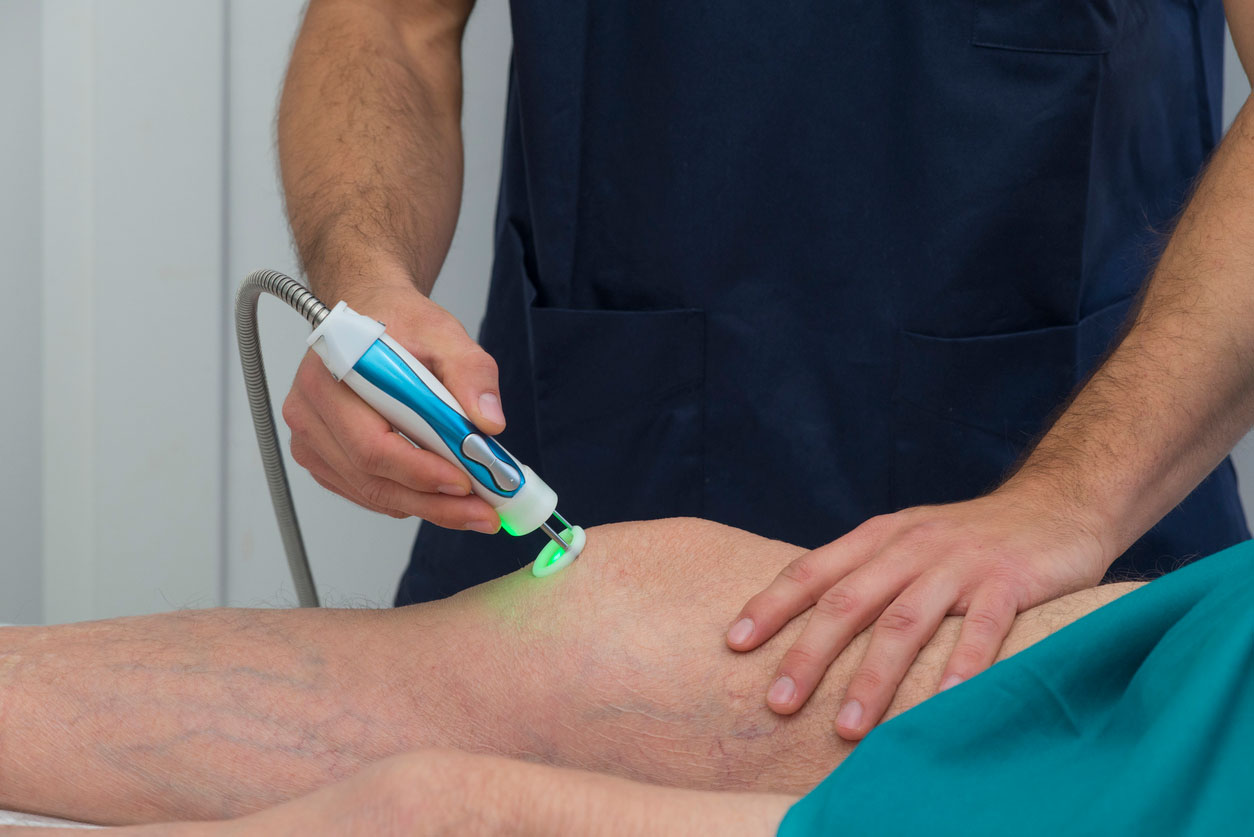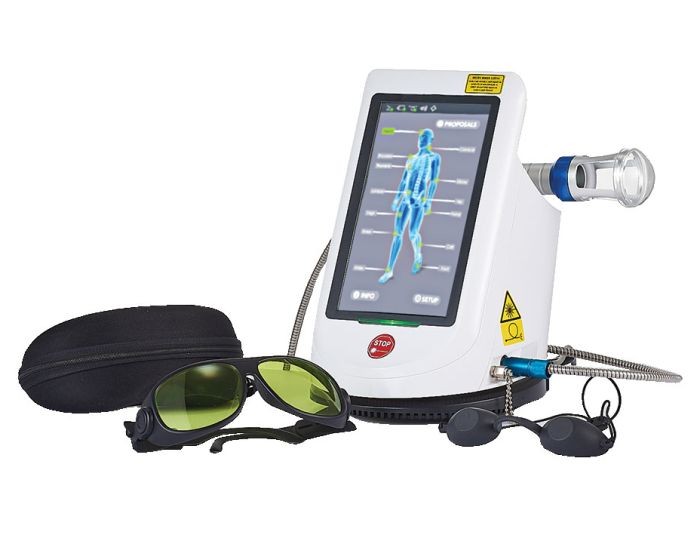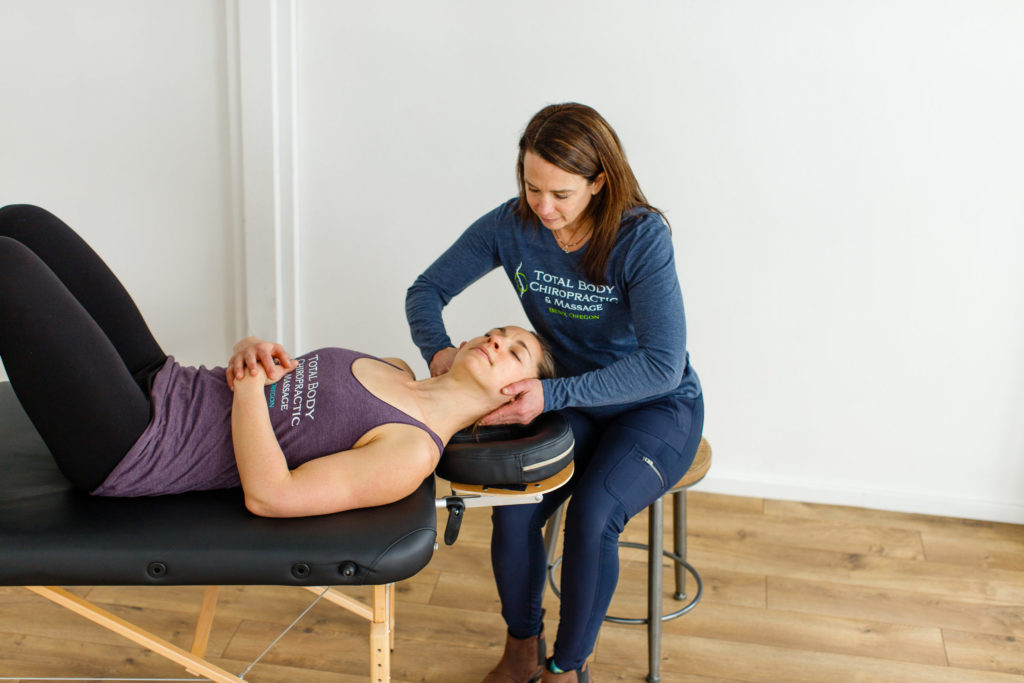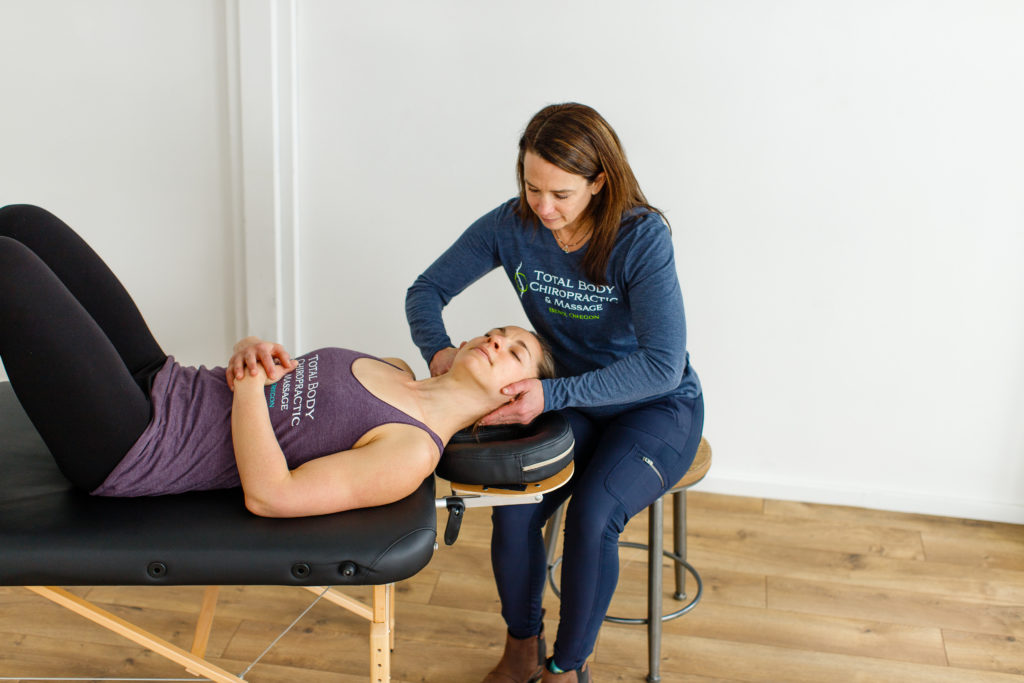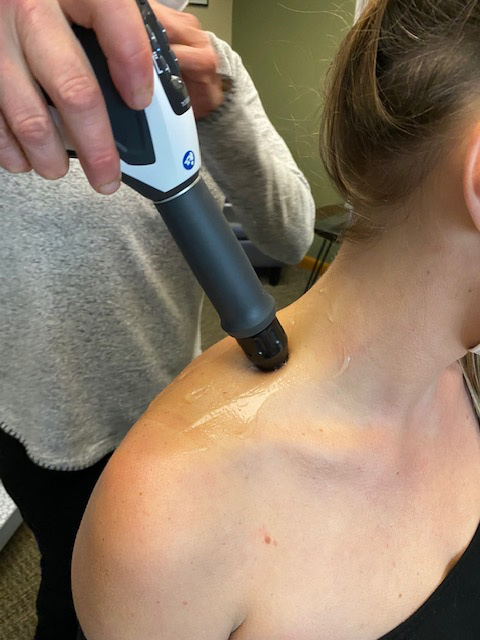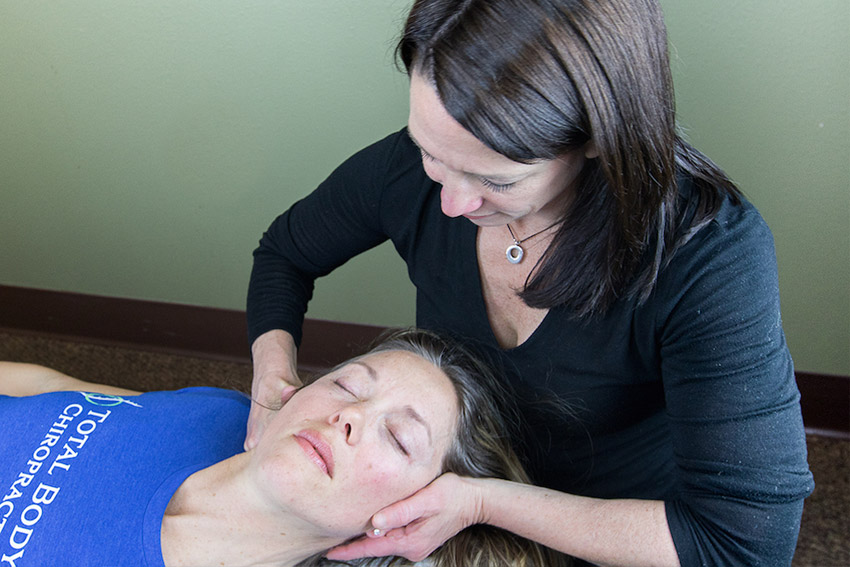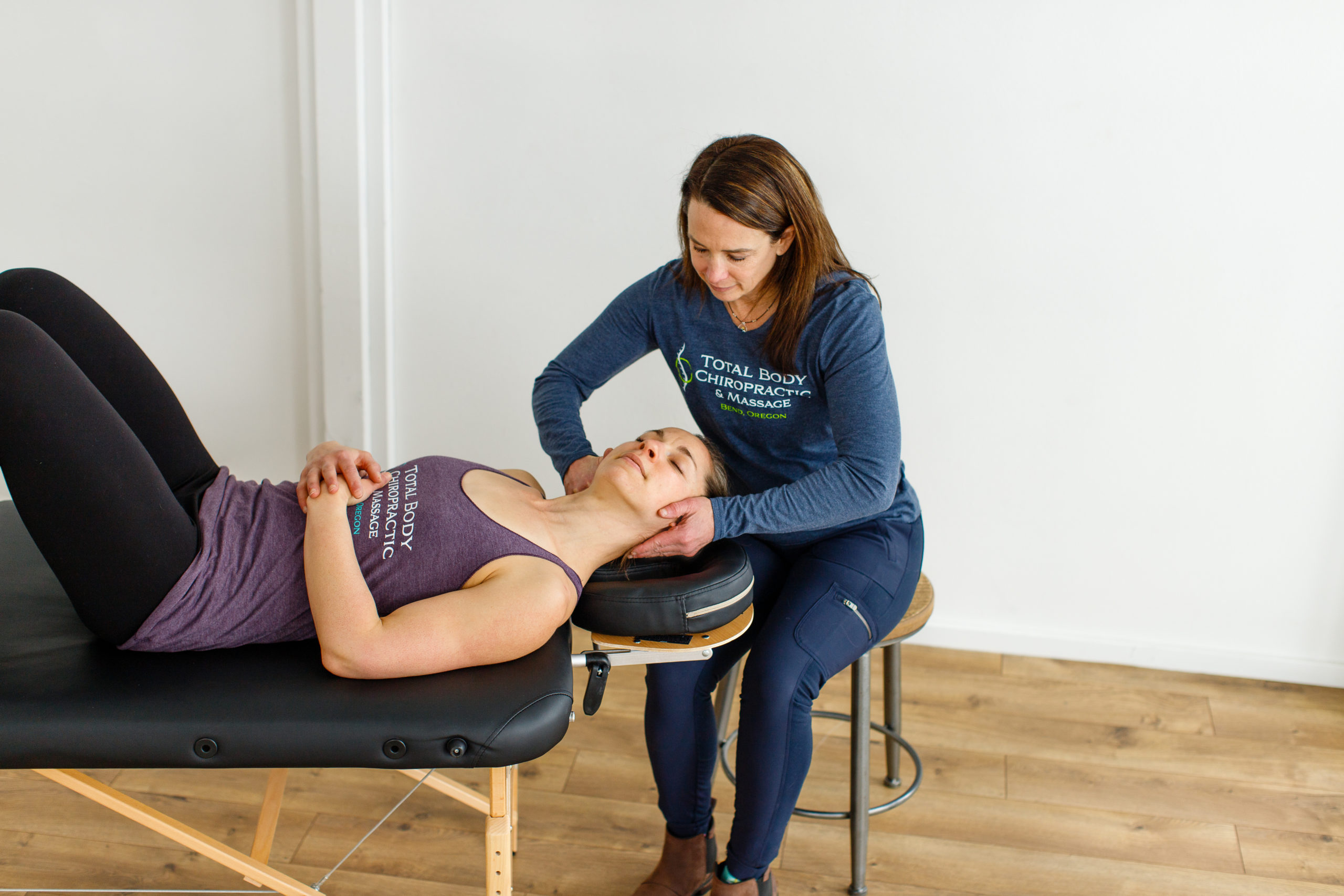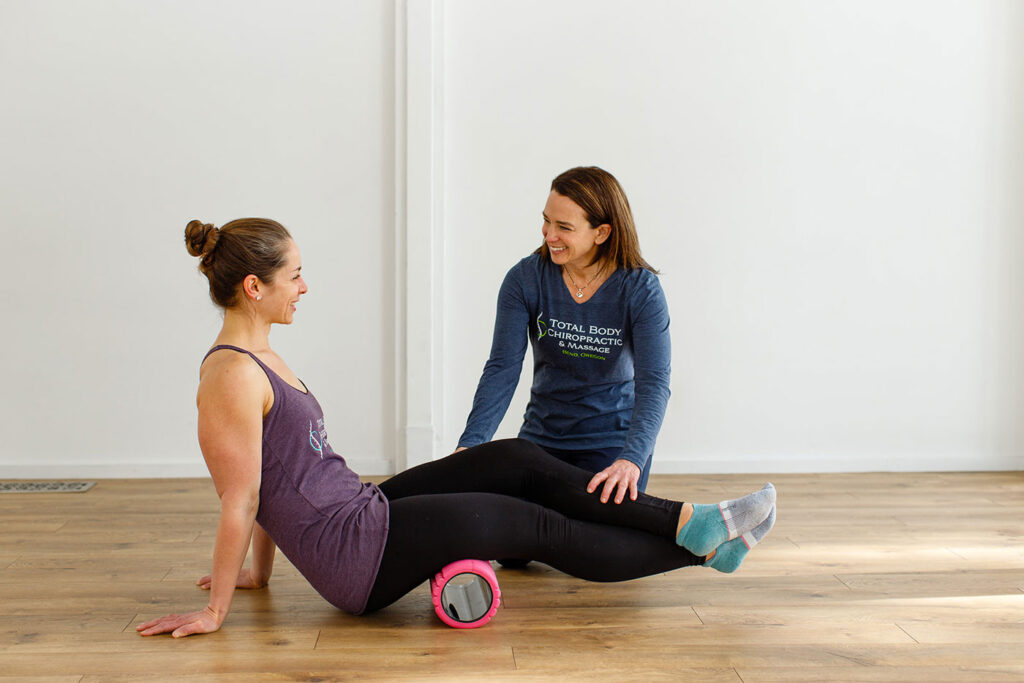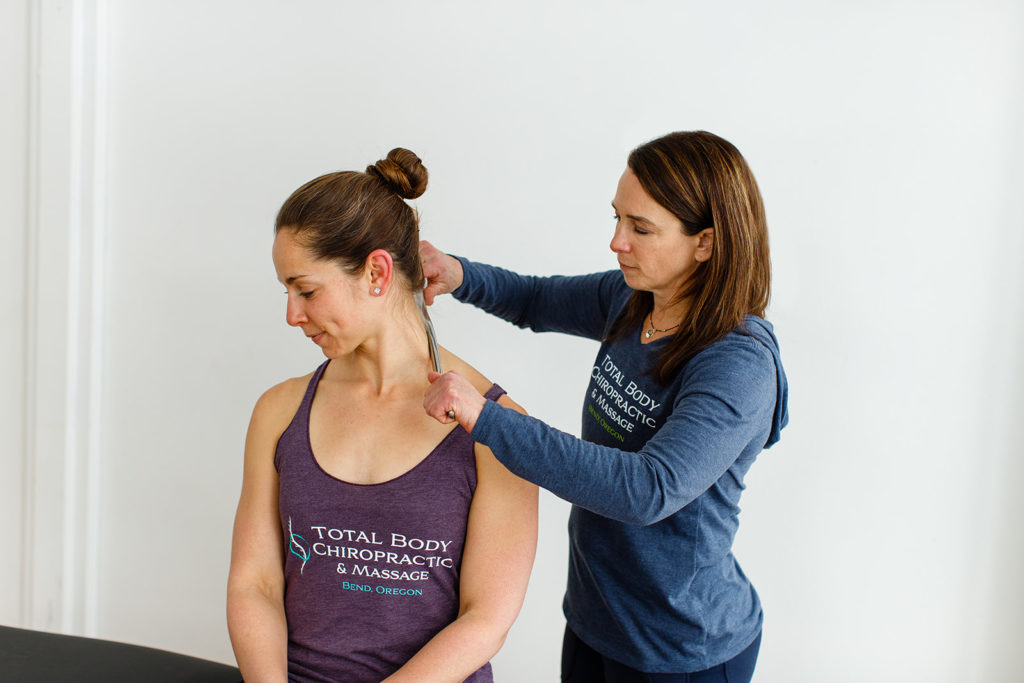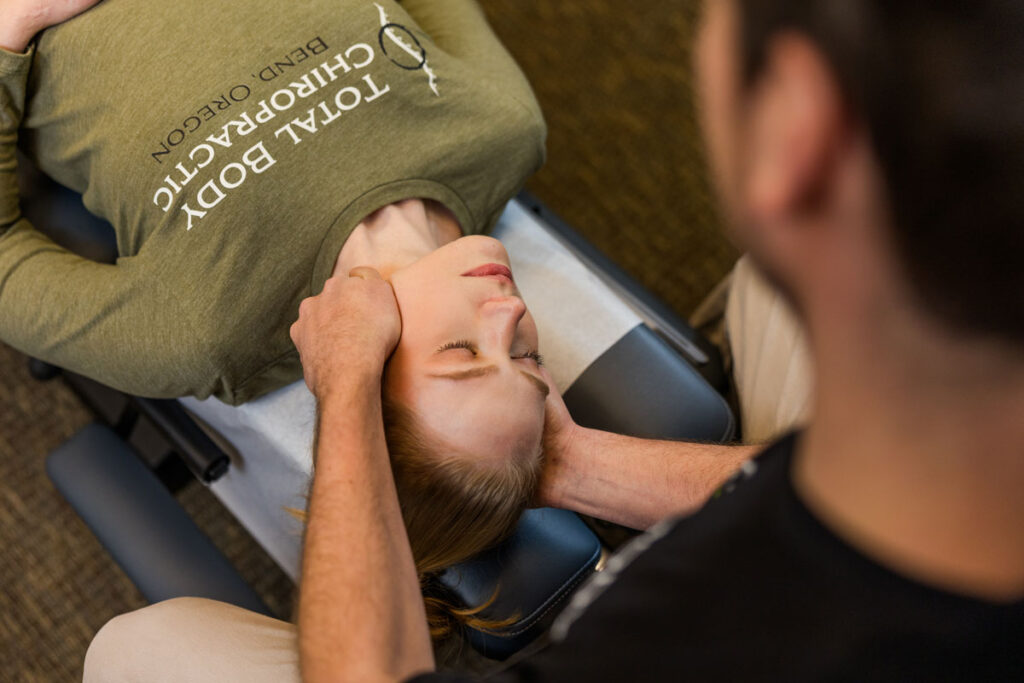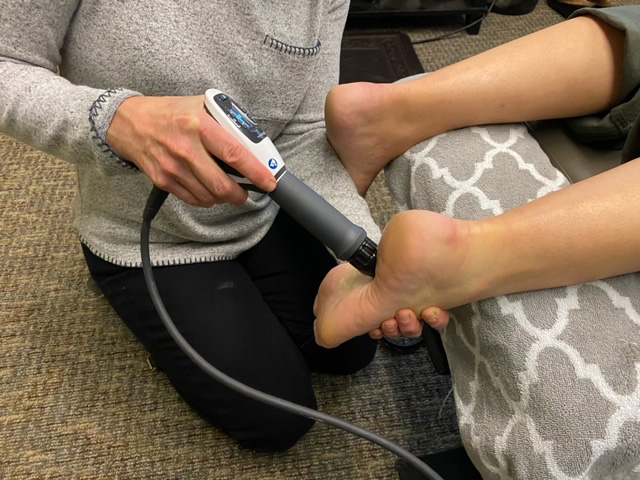Chiropractic Care for Bend Trail Runners
Bend, Oregon offers an endless playground for trail runners, with winding paths, steep climbs, and rugged terrain that push both body and mind. Every run tests balance, core strength, and endurance, demanding more than just speed. Preparing for these challenges takes more than training miles; it requires a body that moves well, adapts quickly, and recovers fully. That’s where chiropractic care makes a difference. By improving alignment, mobility, and stability, it helps runners glide over uneven ground, protect themselves from common injuries, and recover faster after long, grueling runs. With the right foundation, the body handles the toughest trails while still staying strong for everyday life—whether that means another day on the mountain, a busy workweek, or simply keeping up with the pace of life in Bend.
Studies show that at least more than half of regular runners experience injuries each year, most often from overuse. When a part of the body is overused without proper care, it can easily lead to injury. Total Body Chiropractic focuses on strengthening our core as well as parts of the body that we use the most, depending on our activity levels, so that our body can keep up with any challenge while reducing injuries. When we give our body the care it deserves, we can run longer, feel more confident, and enjoy every trail of Bend.

Understanding Core Strength and Stability
Core strength does not mean having six-pack abs or a flat belly. It is all about stability, balance, and control. For trail runners, a strong core stabilizes our torso, protects our spine, and helps our body move efficiently. It allows us to absorb shocks from uneven surfaces and maintain steady movement even when the terrain gets tricky.
Running on trails constantly challenges our muscles by adjusting to rocks, roots, and sudden elevation changes with every step. Without a well-conditioned core, other muscles compensate, which can quickly lead to fatigue, poor posture, or injury. Strengthening our core improves running efficiency and supports our long-term joint and muscle health.
Why Trail Runners Need a Strong Core
Trail running is more demanding on the body than running on flat surfaces. Every step we take sends force to the joints and core that is double or triple our body weight. However, without a strong core, the body starts compensating for that, which can negatively affect the muscles and joints.

It also increases the risk of injuries like lower back pain, ankle injuries, IT band issues, and even shin splits. According to research, exercises that cause shin discomfort are responsible for 10-20% of all runner injuries and 60% of all lower-limb overuse injuries.
We also tend to get tired more quickly, making it difficult to maintain balance and good form. If we have a strong core, it helps our body absorb impact, stay stable on uneven ground, and move efficiently. It’s about protecting our body so we can keep enjoying the trails for years to come.
How Chiropractic Care Can Increase Core Strength
Chiropractic treatment makes the core stronger by working on alignment, nervous system function, and flexibility. By focusing on these areas, we make sure our body works the way they’re meant to. When our spine and core are in sync, running feels smoother, balance comes easier, and injuries are less likely. It’s all about keeping us steady, strong, and confident on the trails.
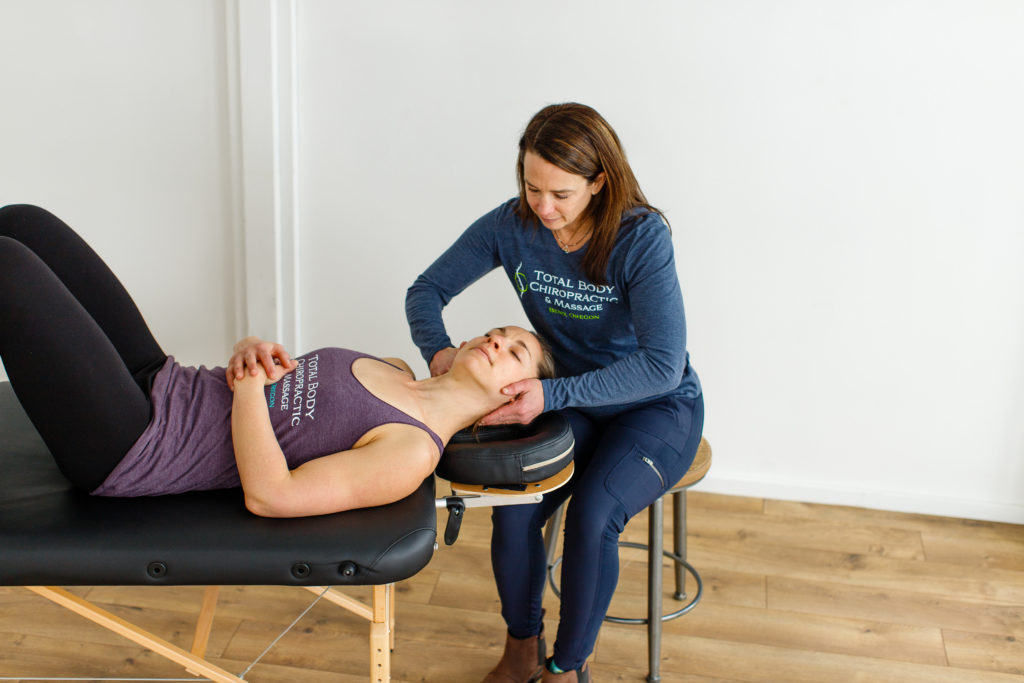
This is how we assist trail runners at Total Body Chiropractic.
1. Optimizing Alignment and Pelvic Balance
Even slight misalignments in the pelvis or spine can disrupt our running mechanics. Chiropractic care puts our spine and pelvis in alignment so that our core muscles can engage properly and move well. Making slight adjustments to our hips, glutes, and lower back allows them to work together efficiently. This creates a solid base for taking on any trail. Getting a spinal alignment can make a big difference!
2. Improving Neuromuscular Efficiency
Our nervous system controls how our muscles respond to movement. Misalignments can disrupt this communication, slowing reflexes and reducing stability. Regular chiropractic care helps our brain and muscles communicate more effectively, ensuring our core activates at the right time.
This improves balance, reaction speed, and control on uneven terrain, helping us avoid missteps and injuries while making each stride feel more natural.
3. Enhancing Flexibility and Movement Fluidity
Tight hips, hamstrings, or lower back muscles can limit our core’s ability to stabilize the body. When we add a series of manipulations and some soft tissue treatments like myofascial release or a Graston therapy, we improve joint motion and flexibility.
Enhanced flexibility reduces overuse injuries and enables our legs, core, and hips to work in concert. This makes climbing hills less strenuous, descending hills safer, and distance runs less tiring.
4. Personalized Exercise and Rehabilitation Plans
Chiropractic care is most effective when paired with exercises designed for our body and running style. At Total Body Chiropractic, we create personalized routines that strengthen our core, hips, and glutes while improving flexibility and muscle weakness.
Exercises like planks, bird-dogs, hip bridges, and rotational core work help reinforce stability, support proper posture, and improve running efficiency. Over time, these drills build resilience, reduce injury risk, and make our runs more comfortable and enjoyable.
Supporting Injury Prevention for Trail Runners

Injury Prevention Through Stability and Mechanics
Many injuries start with subtle imbalances or misalignments. Chiropractic care addresses these early, helping our body move efficiently before small problems become serious.
For trail runners, this means,
- Greater resilience when stepping over roots, rocks, and uneven terrain.
- Less lower back strain from repetitive, uneven movements.
- Improved joint mechanics, reducing the risk of runner’s knee, shin splints, and other overuse injuries.
Faster Recovery When Injuries Do Occur
Even with careful preparation, injuries can happen. Chiropractic care helps our body recover faster by improving circulation, reducing inflammation, and increasing mobility.
If we suffer a sprain or strain, targeted adjustments and soft-tissue therapy restore movement, stabilize muscles, and prevent secondary injuries. This means less downtime and a quicker return to the trails.
Supporting Long-Term Athletic Longevity
Trail running is tough on the body. Staying strong over the years takes a proactive approach. With regular chiropractic adjustments, soft-tissue care, and personalized exercise plans, we maintain strength, prevent chronic injuries, and enjoy trail running for years to come.
Consistent care ensures our body recovers efficiently, withstands repeated impact, and stays resilient season after season.
Real-World Benefits at Total Body Chiropractic
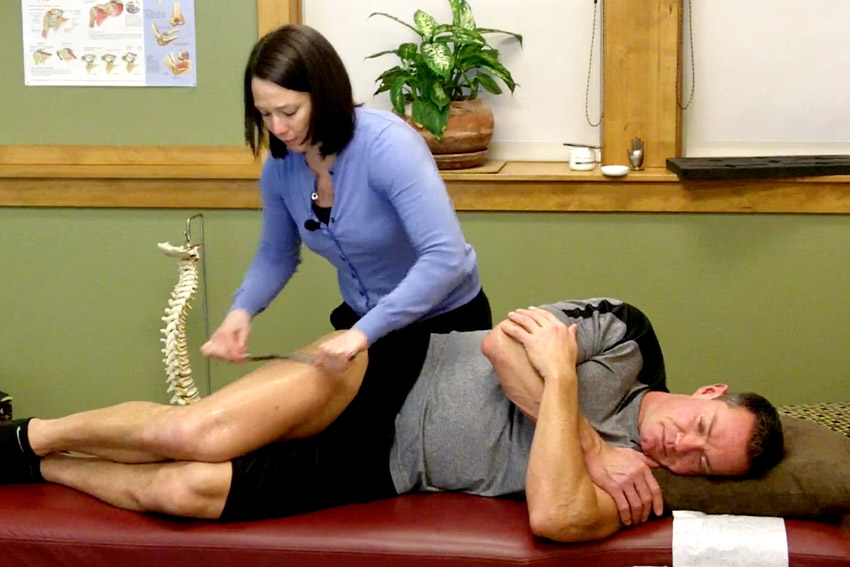
At our Bend clinic, we offer a full range of services designed for trail runners.
- Chiropractic Adjustments: Restore alignment, improve nervous system function, and support optimal movement.
- Graston & Soft-Tissue Therapy: Release tight muscles, break down scar tissue, and enhance mobility.
- Personalized Exercise & Rehab Plans: Programs tailored to our running style, injuries, and core needs.
- Holistic, Goal-Oriented Approach: Every plan focuses on our running goals and long-term health.
- Supportive Environment: We make our care comfortable, safe, and encouraging throughout the process.
These services work together to strengthen our core, improve efficiency, and prevent injuries, helping us confidently tackle Bend’s trails.
A Path to Stronger, Safer Trail Running

Every trail runner deserves a strong, stable core and a resilient body. Chiropractic care strengthens muscles, improves mechanics, speeds recovery, and prevents injuries. By being proactive, we’re protecting our body before problems arise.
Keeping our spine aligned, core strong, and muscles flexible ensures our body is ready for long runs, steep climbs, and technical descents. This approach helps us run longer, recover faster, and enjoy trail running more fully.
Take the Next Step at Total Body Chiropractic
Trail running in Bend rewards us with challenge and beauty, but it also asks a lot from our bodies. A strong core, proper alignment, and balanced movement keep us running longer and recovering faster. Without that foundation, small aches can quickly grow into setbacks.
At Total Body Chiropractic, we help runners build resilience through personalized adjustments, soft-tissue therapy, and tailored exercise plans. Whether you’re new to the trails or training for your next big race, our focus stays on prevention, strength, and recovery—so you can keep moving with confidence.
Give your body the support it needs to handle every mile. Schedule a consultation with Total Body Chiropractic and see how stronger mechanics, fewer injuries, and faster recovery can elevate your trail-running experience.


